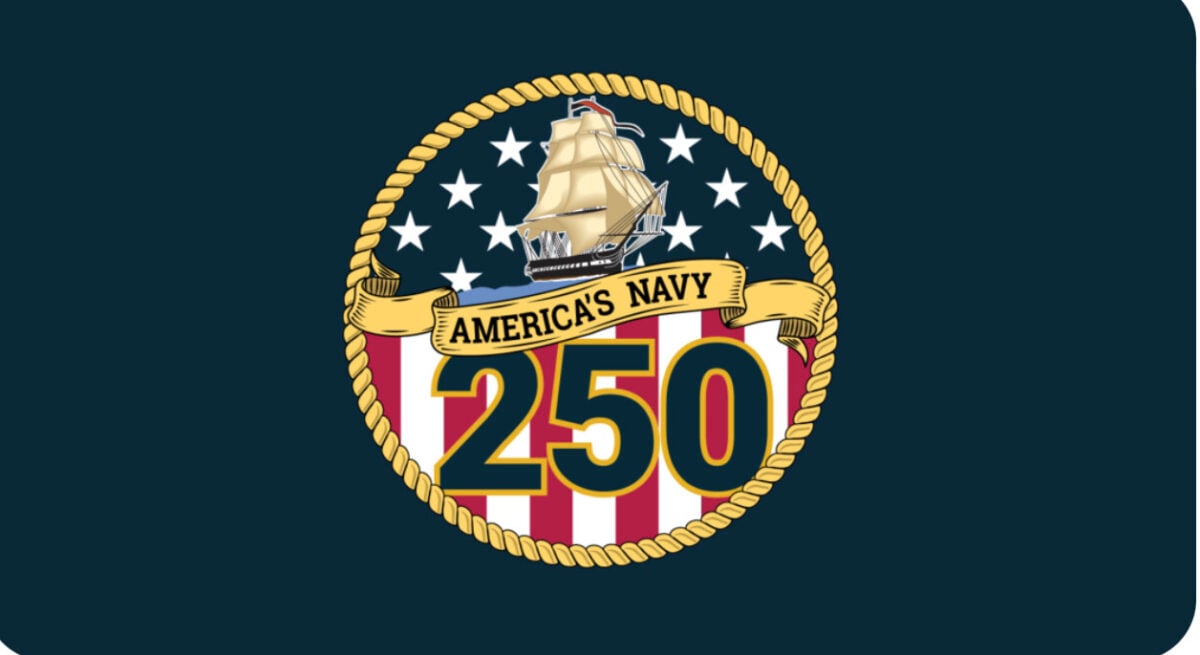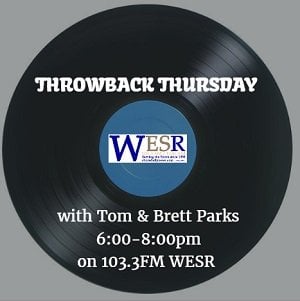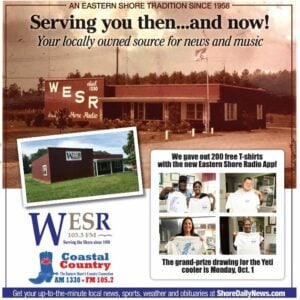
“The Maddest Idea in the World” – Birth of the Continental Navy
By Kellee Blake
On this very day, 250 years ago . . .
The nip of Philadelphia fall did not cool Congressional tempers as delegates strongly disagreed about a new “American” trade policy. British oversight of colonial commerce was collapsing and new precedents and intercolonial cooperation were needed from a Congress with little implementation authority. Some feared Congressional interference in trade would antagonize the British and quash any chance for peace. Others strongly disagreed; war was already upon the land and directives to generate revenue, regulate the waters, and present a united colonial front to the world were needed. Trade was a prickly and frequently postponed topic until October 4, 1775, when sincere discussion commenced at the Pennsylvania State House (Independence Hall).
Many conceded that the 1774 Association—the ban on British imports/exports established by the First Continental Congress—hurt merchants and fomented discord between colonies. Some colonies were prevented from any trade by the British military presence, while others had exemptions for valuable or essential goods, such as rice and salt. The confusing Association rules were inconsistently applied and often overzealously enforced by local Committees of Safety.* Robert Livingston of New Jersey could not resist asking: “What might disunite us more than the decay of all business?”
The trajectory of the multi-day Congressional conversation switched as Virginian Richard Henry Lee and others stated something more obvious and imperative: any new trade policy would be pointless if the colonies had no force on the water to enforce it or prevent British raids against it? By now, British incursions were more than talk for many coastal dwellers. Rhode Island representatives reminded Congress that peace and trade discussions meant little while towns were burned and plundered and “the good people of these colonies” murdered. They argued that self-preservation demanded the “building and equipping of an AMERICAN fleet” for the COMMON defense of the colonies.
Eastern Shore of Maryland native Samuel Chase scoffed that it was the “maddest idea in the world to think of building an American fleet.” Yet even as Chase and others argued against it, Congress learned goods were being smuggled in and out of Boston for British troop use, and they resolved to act. On October 13, 1775, they ordered the outfitting of a swift sailing vessel able to carry ten guns and eighty men, the outfitting of a second vessel for the same purposes, and directed a committee of three (Silas Deane, John Langdon, and Christopher Gadsden were chosen) be appointed to acquire and manage the vessels. It was the beginning of a new naval force—a new power for colonies united.
Since 1974, October 13, 1775, has been commemorated as the birth of the United States Navy and this year the nation will mark the Navy’s 250th Birthday in many ways and in multiple venues. Learn about just some of the commemorations at https://nauticus.org/events/navy-250-celebration, https://www.navylifema.com/FleetFest, and https://www.navy.mil/Navy-250 and join WESR on the 4th of each month to learn more about Virginia and the Shore’s role in the War for Independence. Welcome to the Revolutionary Shore!
*For example, the Accomack Committee of Safety fined fellow member Arthur Upshur one hundred pounds and barred him from all trade for an alleged shipping infraction. Although the charges were set aside in 1776, it was a mighty costly loss to Upshur.













